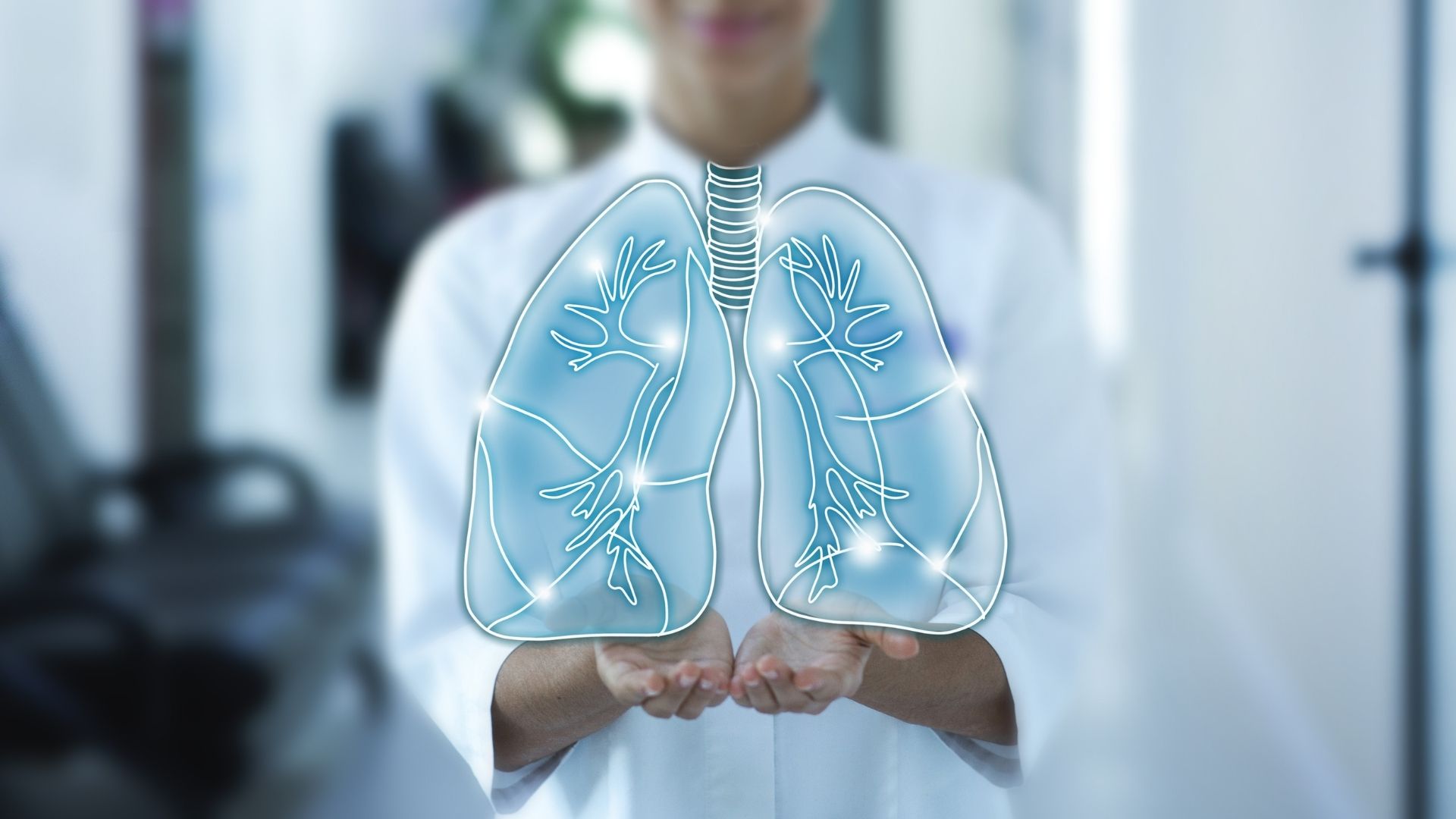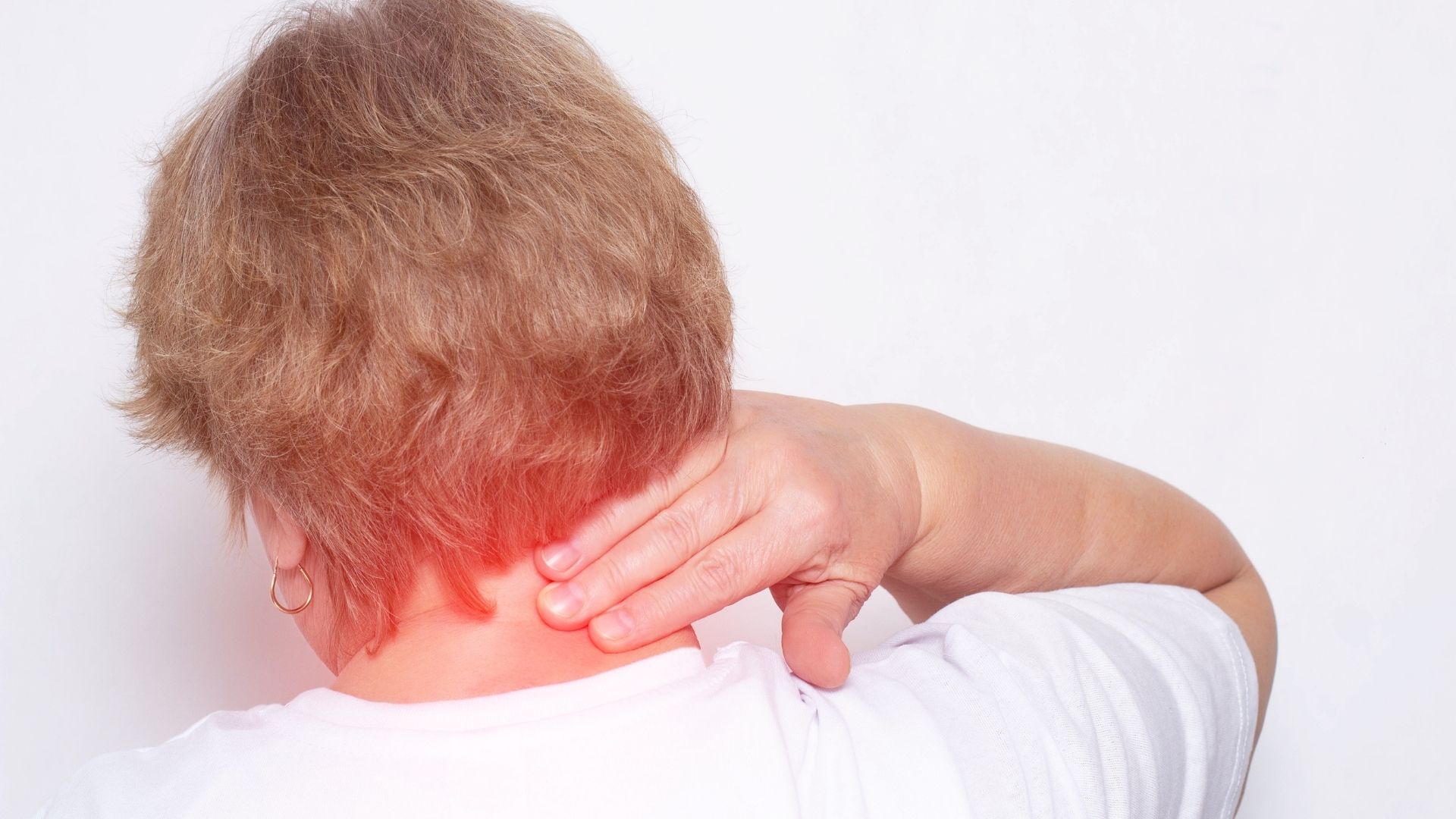Living with breathing difficulties can feel overwhelming, but understanding chronic obstructive pulmonary disease (COPD) empowers you to manage symptoms and maintain your quality of life. Discover the common signs, causes, and effective treatments that make COPD manageable—and learn how timely medical guidance can help you breathe easier and live better.
Symptoms, Causes, and Treatment
Introduction
Chronic obstructive pulmonary disease (COPD), also known as chronic bronchitis, emphysema, or simply chronic lung disease, is a progressive condition that makes it difficult to breathe. It primarily affects people over 40 years of age and is often caused by long-term exposure to irritants like cigarette smoke.
COPD is a chronic condition, but with proper care and treatment, individuals can manage their symptoms and maintain a good quality of life. If you’re experiencing breathing difficulties, telemedicine services like DoctorTora can provide timely advice and treatment from the comfort of your home.
What is Chronic Obstructive Pulmonary Disease?
Chronic obstructive pulmonary disease is a group of lung conditions that block airflow, making it hard to breathe. The two main conditions under COPD are:
- Chronic bronchitis: Long-term inflammation of the airways, causing persistent coughing and mucus production.
- Emphysema: Damage to the air sacs in the lungs, reducing their ability to exchange oxygen efficiently.
COPD develops gradually over time, and while it is not curable, treatments and lifestyle changes can slow its progression.
Common Symptoms and Causes of Chronic Obstructive Pulmonary Disease
Symptoms
The symptoms of COPD vary depending on the severity of the condition, but common signs include:
- Shortness of breath: Especially during physical activity.
- Chronic cough: Often with mucus (smoker’s cough).
- Wheezing: A whistling sound while breathing.
- Chest tightness: Discomfort or a feeling of heaviness in the chest.
- Frequent respiratory infections: Such as colds or bronchitis.
- Fatigue: Due to the effort required to breathe.
As the disease progresses, symptoms may worsen, and activities like walking or climbing stairs can become challenging.
Causes
The primary cause of COPD is long-term exposure to lung irritants. Common causes include:
- Smoking: The leading cause of COPD worldwide.
- Exposure to secondhand smoke.
- Air pollution: Including dust, fumes, and chemicals in the workplace.
- Genetic factors: A rare genetic disorder called alpha-1 antitrypsin deficiency can cause COPD, even in non-smokers.
How is Chronic Obstructive Pulmonary Disease Diagnosed?
COPD is diagnosed through a combination of medical history, physical examination, and diagnostic tests.
Steps in Diagnosis
- Medical history: A doctor will ask about symptoms, smoking history, and exposure to irritants.
- Physical examination: Listening to the lungs with a stethoscope for abnormal sounds.
- Spirometry: A simple lung function test that measures how much air you can exhale and how quickly.
- Chest X-rays or CT scans: To assess lung damage or rule out other conditions.
- Blood tests: To check oxygen and carbon dioxide levels or identify genetic factors like alpha-1 antitrypsin deficiency.
Telemedicine consultations through DoctorTora can help determine if in-person tests are needed and guide you toward the appropriate diagnostic steps.
How is Chronic Obstructive Pulmonary Disease Treated?
Medications
While there is no cure for COPD, medications can help manage symptoms and improve quality of life. Common treatments include:
- Bronchodilators: Help relax the muscles around the airways, making breathing easier.
- Inhaled corticosteroids: Reduce inflammation in the airways.
- Combination inhalers: Combine bronchodilators and steroids for enhanced effectiveness.
- Mucolytics: Help thin mucus, making it easier to clear from the lungs.
- Antibiotics: To treat or prevent infections that can worsen symptoms.
Lifestyle Changes
- Quit smoking: The most important step to slow disease progression.
- Pulmonary rehabilitation: A program that combines exercise, education, and breathing techniques.
- Oxygen therapy: For individuals with severe oxygen deficiencies.
Self-Care Instructions for Chronic Obstructive Pulmonary Disease
Living with COPD requires ongoing self-care to manage symptoms and prevent flare-ups. Here are some tips:
- Follow your treatment plan: Take medications as prescribed.
- Stay active: Engage in light exercises like walking or yoga to strengthen your lungs.
- Avoid triggers: Stay away from smoke, strong odors, and polluted areas.
- Maintain a healthy diet: Eat nutrient-rich foods to support overall health.
- Stay hydrated: Drink plenty of water to keep mucus thin and easier to clear.
- Get vaccinated: Protect yourself against flu and pneumonia, which can worsen COPD.
When to Seek Care with Telemedicine for Chronic Obstructive Pulmonary Disease?
Telemedicine is a convenient way to manage COPD and receive professional guidance. You can consult a doctor online for:
- New or worsening symptoms.
- Questions about medications or treatment plans.
- Preventive care, such as vaccinations or smoking cessation support.
Steps to Seek Telemedicine Care:
- Download the DoctorTora app from the App Store or Google Play.
- Select “Other” under symptoms on the home screen.
- Queue for an immediate consultation or book an appointment at a convenient time.
- Receive a consultation report with a detailed treatment plan and a prescription if necessary.
When to Seek Urgent Care at a Physical Hospital for Chronic Obstructive Pulmonary Disease?
Certain symptoms may indicate a medical emergency and require immediate attention:
- Severe shortness of breath that doesn’t improve with medication.
- Blue or gray lips or fingernails (a sign of low oxygen levels).
- Confusion or difficulty concentrating.
- Rapid or irregular heartbeat.
- Chest pain that feels like a heart attack.
If you experience these symptoms, go to the nearest hospital immediately.
FAQ
- Is chronic obstructive pulmonary disease reversible?
No, COPD is not reversible, but treatments can help slow its progression and improve symptoms. - Can non-smokers develop COPD?
Yes, while smoking is the leading cause, non-smokers can develop COPD due to genetic factors, air pollution, or long-term exposure to irritants. - How can I prevent COPD?
Avoid smoking, minimize exposure to pollutants, and maintain good lung health through exercise and a healthy diet.
Related Articles
Explore more helpful resources on our website:
- Constipation in Children: Symptoms and Management
- Asthma: Managing Breathing Disorders
- Chest Pain: Causes and Treatment
Chronic obstructive pulmonary disease is a challenging condition, but with the right care and support, it is manageable. If you’re experiencing symptoms or need personalized advice, DoctorTora is here to help. Download the app today to consult a doctor and take control of your respiratory health.



